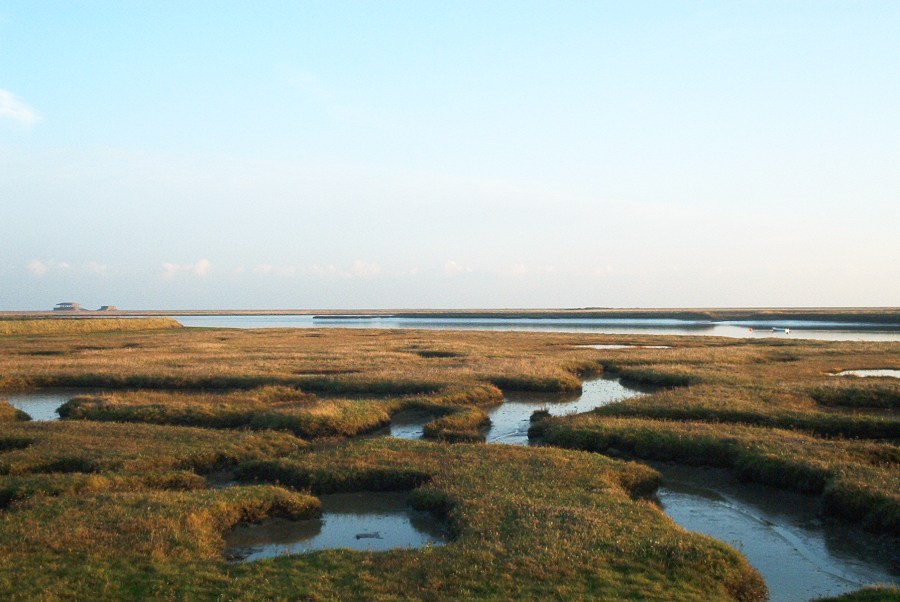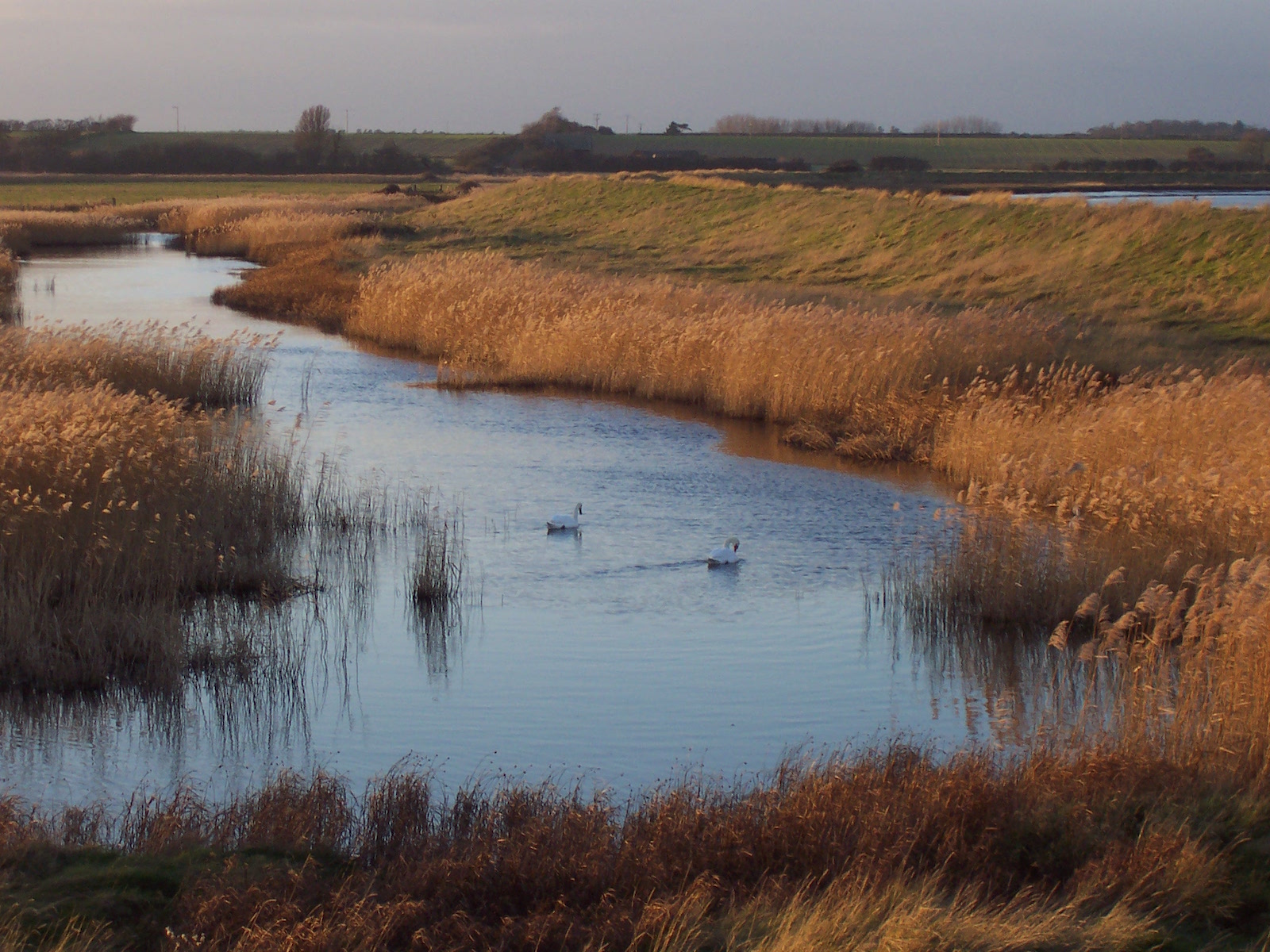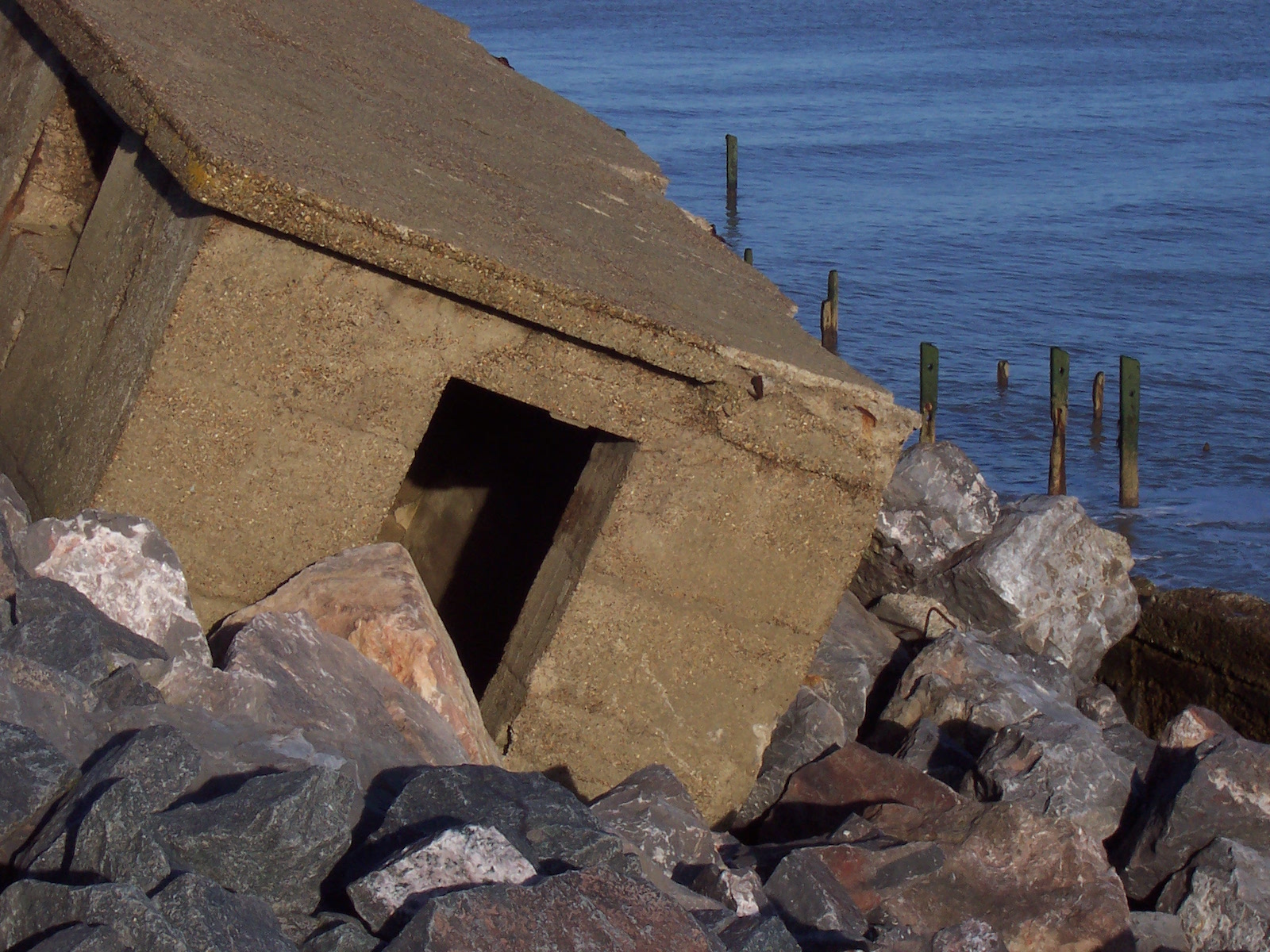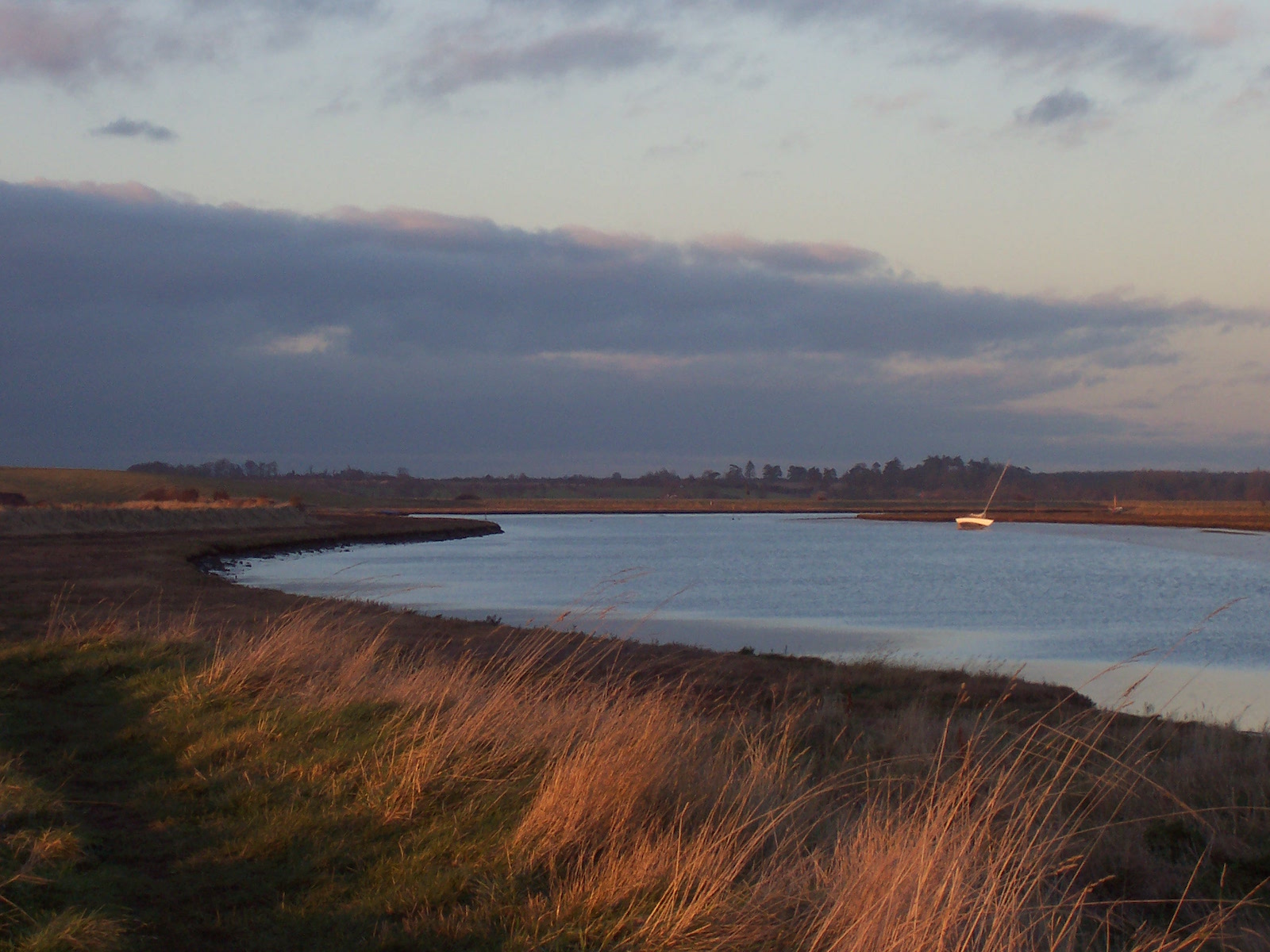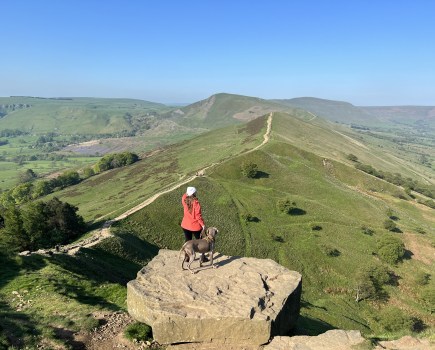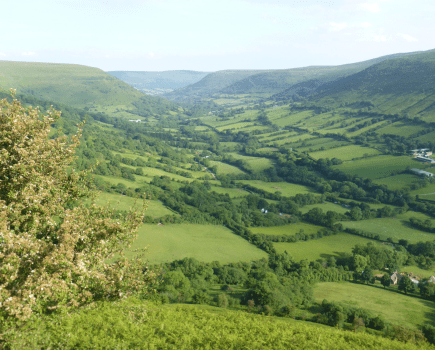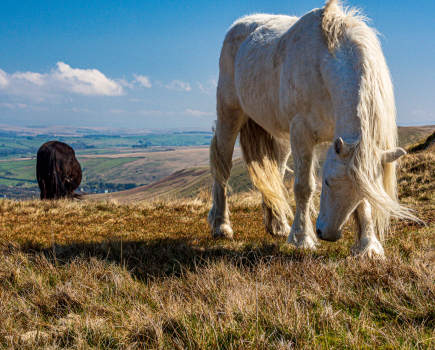A coastal walk from Bawdsey to Chillesford via a section of the Suffolk Coast Path
The Suffolk coast is a fascinating place. Although the surrounding landscape is intensively farmed, there are pockets and threads of surprising wildness – often to be found along the coasts. Long estuaries snake inland, fringed by saltwater marshes, defying attempts to be dried out and cultivated for centuries. There’s history here too. These coasts bear the scars of measures taken against invasion; centuries ago it was the French we feared, and in the 20th century the Germans. Now the locals worry that the sea itself will erode and take their land.
The Suffolk Coast Path is a 50-mile walk from Felixstowe to Lowestoft in easy stages, linking up with the Stour and Orwell Walk. It takes the walker through some of the characteristic landscapes of the Suffolk Coasts and Heaths Area of Outstanding Natural Beauty. This portion of the route extends 11 miles from Bawdsey to Chillesford, and while it doesn’t take you anywhere near the beautiful heath this area is so renowned for, it does give an excellent flavour of the coastline.
Bawdsey is a small and quiet coastal village with an interesting history. Nearby Bawdsey Manor was an RAF base from 1936 until 1990, and many fascinating wartime relics can still be found rusting quietly into the dunes. Robert Watson-Watt and his radar team moved in to Bawdsey Manor in 1936 and began developing the systems that would become what we now call radar. There’s a Cold War-era bunker nearby too.
Shingle Street just along the coast is prized by photographers and conspiracy theorists alike, albeit for different reasons. The constantly shifting shingle of the beach forms into ethereal patterns and shapes, and at dawn or dusk you’ll often see the tripods of photographers dotted up and down the beach. It’s the site of an alleged German invasion that many locals still swear took place in 1940. According to the stories, a small German raiding party came ashore and was defeated by British troops – an event that was subsequently hushed up. However, no evidence has ever corroborated these tales, and it now seems likely British experimental weapons tests were responsible for the rumours. Orford Ness, on the other side of the river, was a military testing zone for decades and much of it is still out of bounds due to unexploded munitions.
The real star of this walk is the Butley River. This quiet creek is rarely navigated these days thanks to treacherous, shallow waters, and the land on both sides features much valuable saltmarsh and reedbeds, home to many rare species of plants, birds and animals. There’s even a hill here: Burrow Hill, a former island that was used as a hill fort in the Middle Saxon period.
While there’s no wilderness here, there’s a certain magic to the bleak Suffolk coast, and it’s well worth exploring.
Route description
Start: Bawdsey, Suffolk. Parking is available at the quay.
Finish: Chillesford, Suffolk.
- From Bawdsey, take the obvious coastal path heading north along the sea wall towards Shingle Street.
- Navigation is trivial. At Shingle Street, admire the Martello Tower and the constantly shifting shingle of the beach. The Ore river mouth here changes rapidly and often looks completely different from one season to the next. The spit on the other side of the river, Orford Ness, is many miles long and still growing.
- Continue NE, then follow the path along the west bank of the Butley River, a tidal creek heading inland through comparatively wild country for Eastern England.
- Walk over Burrow Hill, which has surprisingly extensive views of the surrounding landscape.
- The well-signposted route now heads inland, passing the ruins of Butley Priory and traces of former industry at Butley Mills.
- Join the B1084 at Chillsford, where bus connections can take you back towards Woodbridge and Bawdsey. Alternatively, explore the surrounding woodland – there’s plenty of worthwhile walking in nearby Tunstall Forest.
All images © Alex Roddie

